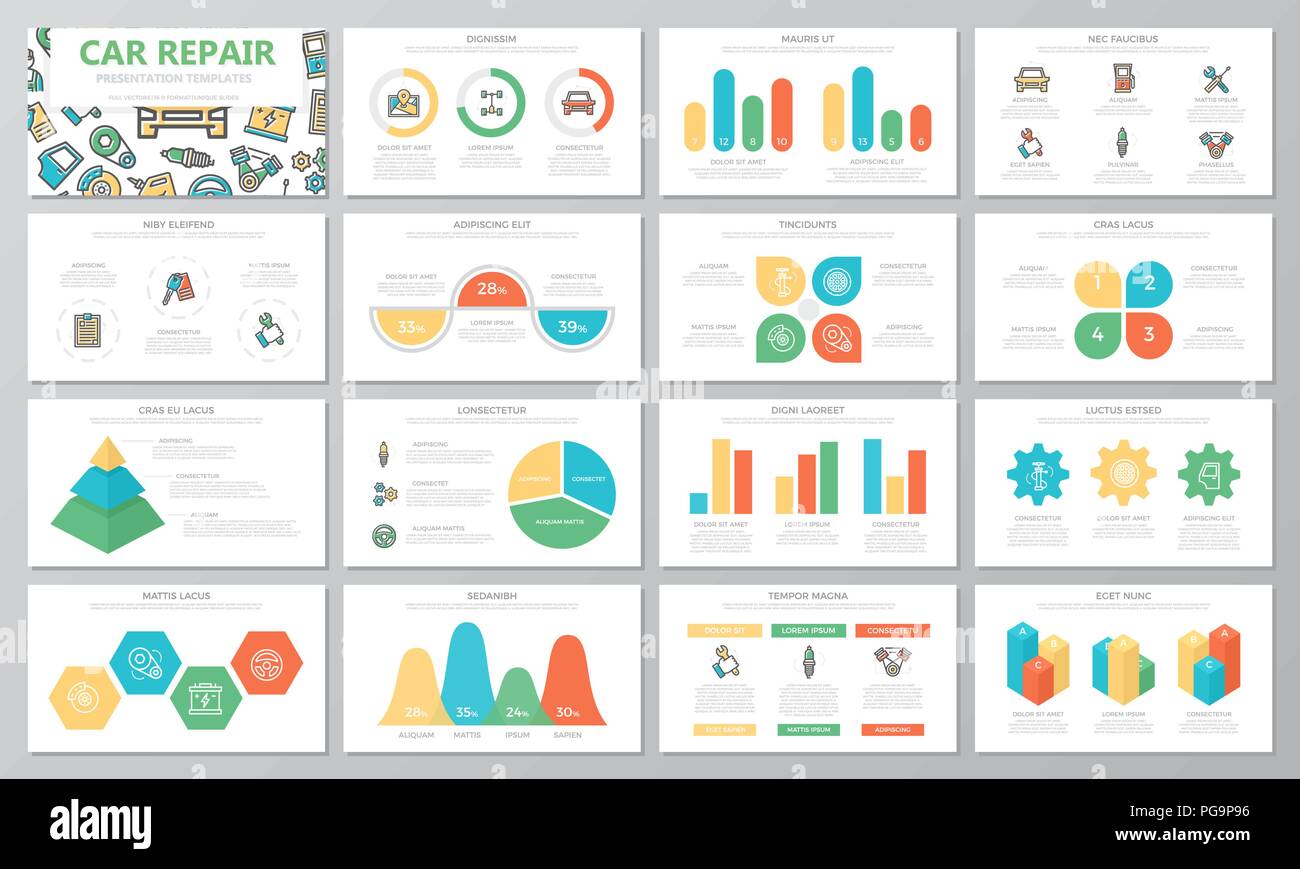Understanding The Relevance Of Your Car'S Warning Signals: What They Really Stand For
Understanding The Relevance Of Your Car'S Warning Signals: What They Really Stand For
Blog Article
Material Composed By-Higgins Alvarado
When you're behind the wheel, those glowing warning lights on your control panel can be a little bit bewildering. Do you understand what they're attempting to inform you regarding your automobile's wellness? Comprehending the relevance of these lights is crucial for your safety and the long life of your lorry. So, the following time one of those lights turns up, wouldn't you wish to understand its message precisely and take the needed actions to address it?
Common Warning Lighting and Interpretations
Recognize common caution lights in your auto and understand their definitions to ensure safe driving.
One of the most common caution lights consist of the check engine light, which signifies issues with the engine or exhausts system. If this light comes on, it's essential to have your lorry checked quickly.
The oil stress warning light shows low oil stress, needing instant focus to stop engine damage.
visit the following site flashing battery light could recommend a damaged charging system, possibly leaving you stranded otherwise resolved.
The tire stress monitoring system (TPMS) light notifies you to reduced tire stress, influencing car security and gas effectiveness. Ignoring this can lead to harmful driving problems.
The ABS light shows a trouble with the anti-lock braking system, endangering your capability to stop swiftly in emergencies.
Lastly, the coolant temperature alerting light warns of engine overheating, which can result in extreme damage if not fixed quickly.
Comprehending these common warning lights will certainly assist you address problems immediately and preserve risk-free driving problems.
Significance of Prompt Interest
Comprehending the common caution lights in your vehicle is just the initial step; the value of without delay resolving these cautions can't be emphasized sufficient to guarantee your safety and security when driving.
When a warning light illuminates on your control panel, it's your car's method of connecting a potential problem that needs attention. Disregarding these cautions can result in more severe problems in the future, endangering your safety and security and possibly costing you much more in repairs.
Prompt interest to cautioning lights can protect against malfunctions and mishaps. As an example, a flashing check engine light might show a misfire that, if left ignored, can cause damage to the catalytic converter. Resolving stek dynoshield without delay can conserve you from a costly repair work.
In a similar way, a brake system warning light might signify low brake liquid or worn brake pads, vital parts for your safety and security when driving.
Do It Yourself Troubleshooting Tips
If you discover a warning light on your dashboard, there are a few do it yourself repairing ideas you can try before looking for expert aid.
https://oilchangeplacesnearme95162.bligblogging.com/32687933/eco-friendly-automobile-outlining-products-you-should-try is to consult your automobile's manual to understand what the details caution light shows. Sometimes the problem can be as easy as a loose gas cap setting off the check engine light. Tightening the gas cap may solve the issue.
One more common problem is a low battery, which can activate different warning lights. Examining the battery connections for corrosion and guaranteeing they're protected may deal with the trouble.
If a caution light persists, you can try resetting it by disconnecting the car's battery for a couple of mins and afterwards reconnecting it. In addition, examining your vehicle's liquid degrees, such as oil, coolant, and brake liquid, can help fix alerting lights connected to these systems.
Verdict
In conclusion, understanding your auto's warning lights is essential for keeping your car running efficiently and safely. By quickly dealing with these notifies and recognizing what they indicate, you can prevent costly repair work and potential malfunctions.
Bear in mind to consult your automobile's handbook for particular details on each advising light and act accordingly to make sure a trouble-free driving experience.
Stay notified, stay secure when driving!
